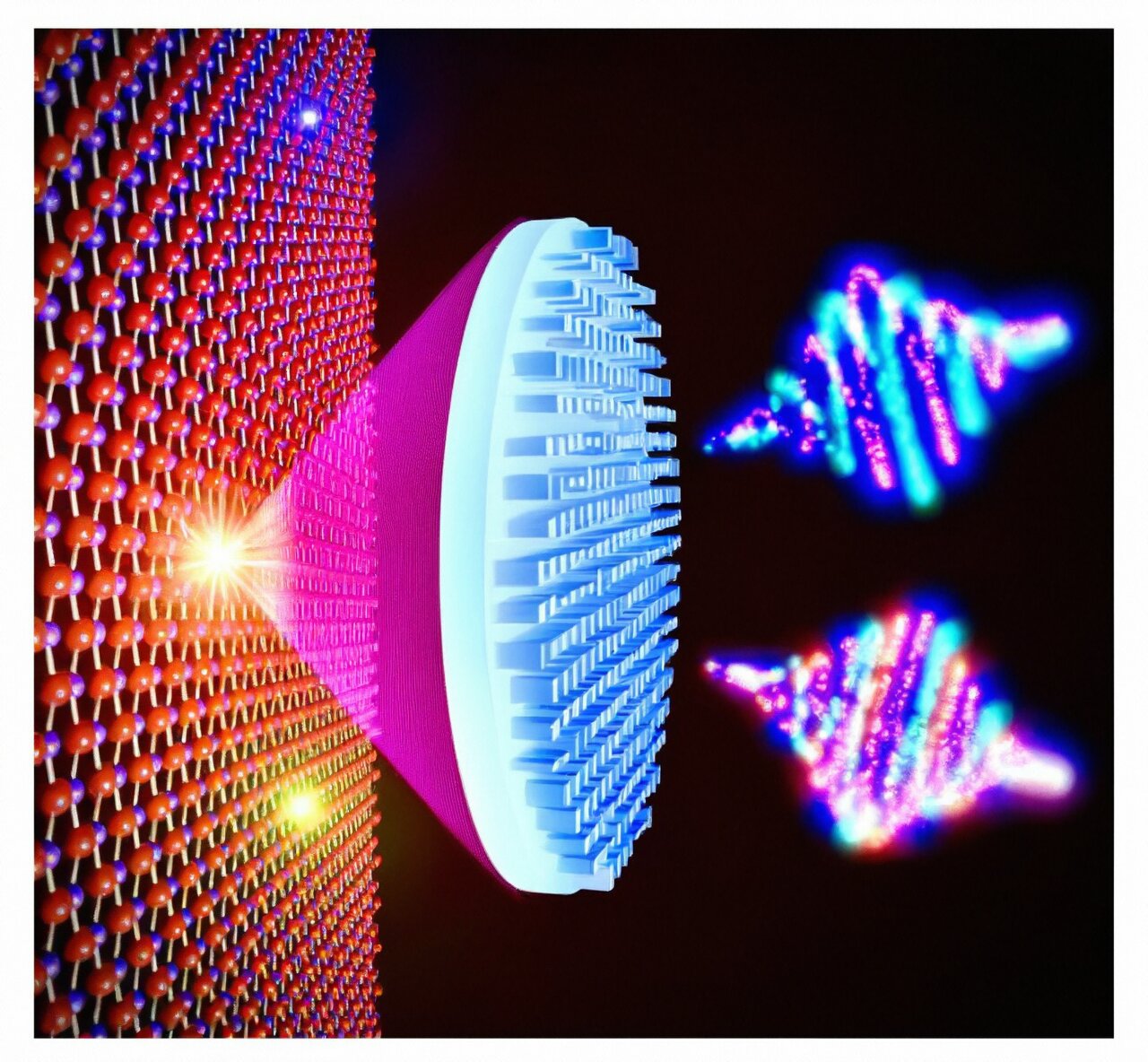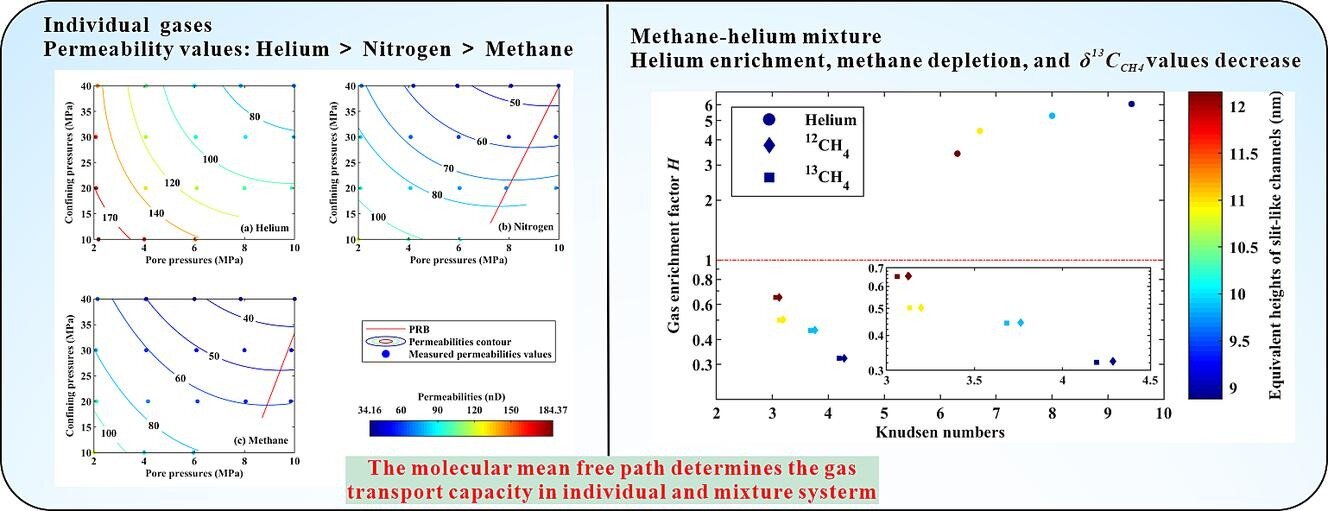Get ready for a quantum revolution! Quantum emission is the key to unlocking the potential of photonic quantum technologies. And now, thanks to solid-state single photon emitters (SPEs) like hexagonal boron nitride (hBN) defects, we can make this a reality at room temperature. These SPEs are not only incredibly robust, but also super bright, making them highly sought after.
But here’s the catch: collecting photons from SPEs has always required bulky and limited tools like high numerical aperture (NA) objective lenses or micro-structured antennas. While these tools can collect photons efficiently, they can’t manipulate quantum emissions. That’s where our team of international scientists comes in.
In a groundbreaking paper published in eLight, Drs Chi Li and Haoran Ren from Monash University, along with their team, have developed a multifunctional metalens that can structure quantum emissions from SPEs. This metalens is a game-changer, allowing us to transform optical beams into different spatial forms, opening up a world of possibilities for quantum light sources.
Metasurfaces have already revolutionized photonic design, enabling advancements in optical imaging, holography, LiDAR, and molecular sensing. But until now, we couldn’t fully manipulate quantum emission. Our team has overcome this challenge by designing and engineering a multifunctional metalens that can tailor the directionality, polarization, and orbital angular momentum (OAM) degrees of freedom.
With this metalens, we can shape the directionality of quantum emission and add different helical wavefronts, generating distinctive OAM modes in orthogonal polarizations of SPEs. This breakthrough work was made possible by the collaboration between Korean physicists Drs Jaehyuck Jang and Trevon Badloe, Professor Junsuk Rho at Pohang University of Science and Technology, and Professor Igor Aharonovich at the University of Technology Sydney and TMOS.
But what does all this mean for the future? Well, by manipulating photon polarizations, we can revolutionize quantum cryptography and entanglement distribution. The polarization separation is crucial for the future use of hBN SPEs in polarization entangled photon pair generation. And with further advancements, our metalens could enable the generation of high-dimensional single-photon hybrid quantum states.
Imagine a quantum network with higher information capacity, robustness to noise, and better security. That’s the future we’re working towards with our ultrathin meta-optics and structured SPE sources. So get ready to embrace the quantum revolution!








